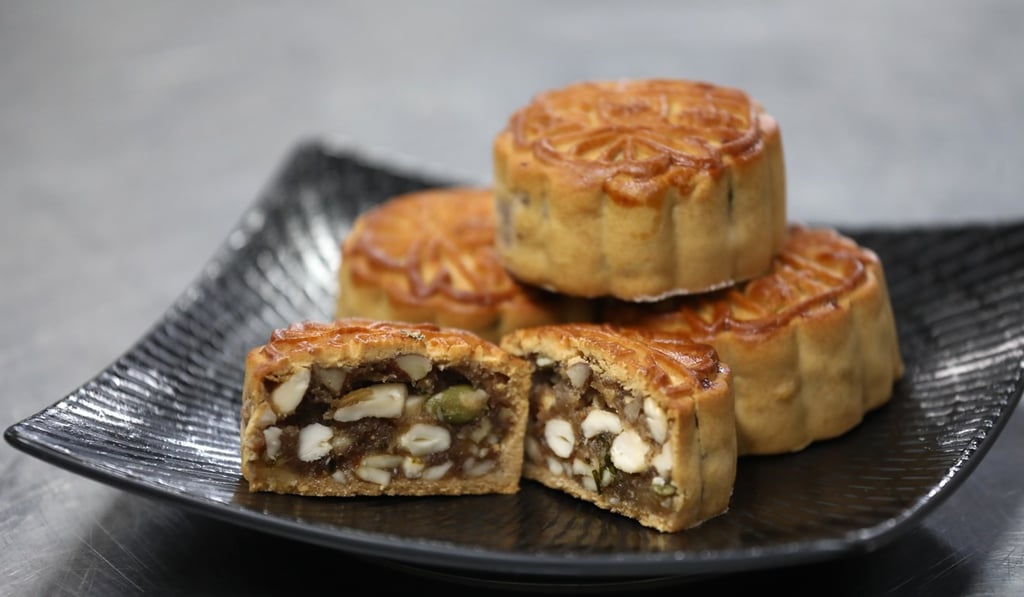How to make traditional mooncakes: InterContinental Hong Kong chef shares tips for the Mid-Autumn Festival treat

- At the Hong Kong hotel’s Chinese fine dining restaurant Yan Toh Heen, chef Lau Yiu-fai tells us about traditional and modern mooncake fillings, and reveals how to get these yummy morsels just right in your kitchen
The Mid-Autumn Festival is just around the corner, and hotels and restaurants are creating their versions of the season’s festive treat – mooncakes – with fillings ranging from egg custard, red bean lotus to white almond and even chocolate whisky.
Some chefs are still making traditional mooncakes, with fillings such as lotus seed paste with salted egg and mixed nuts with ham. This is the case at InterContinental Hong Kong’s Chinese fine-dining restaurant Yan Toh Heen, where chef Lau Yiu-fai and his team keep up traditions, while also creating newer flavours of custard cream and even apple and custard cream. This latter one is sold in support of the New Life Psychiatric Rehabilitation Association.

In Chinese culture, mooncakes symbolise completeness and togetherness and are eaten while admiring the moon – hence the cake is usually round and often contains salted eggs which represent the moon.
It is thought that mooncakes date back to the Yuan dynasty, when they were baked to hide secret notes within to help the Han Chinese overthrow their Mongolian rulers.
Lau’s Spanish Iberico ham and mixed-nut mooncakes are an elevated version of the traditional mooncakes that are still popular, especially among older people.
Lau unleashes his creativity with these mini-mooncakes by using a variety of seeds and nuts in the fillings: pistachios, American walnuts, macadamias, cashews, pumpkin seeds as well as dried figs and dried mandarin, which are bound in a chestnut paste.

“Besides those nuts, Chinese ham and Iberico ham are also included,” says Lau, who assures that the ingredients used in his mooncakes are top quality. “The walnuts and cashew nuts are the most expensive.”
Lau, who has been with the two-Michelin starred restaurant since it opened in 1984, says it is essential that the mooncakes have the correct amount of ingredients for the flavours to be balanced.